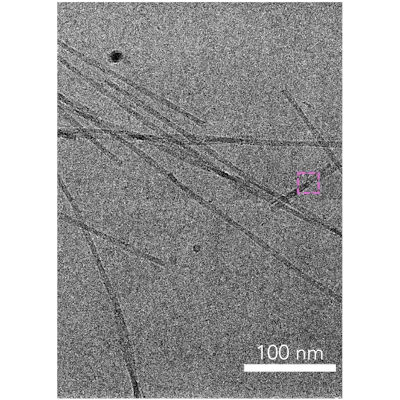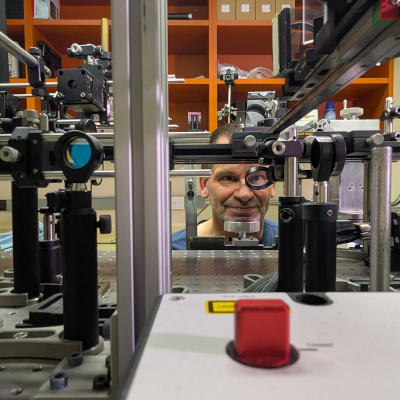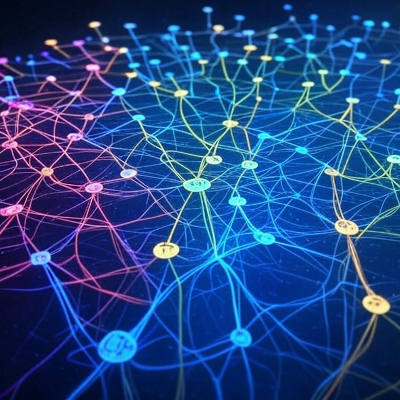Modeling complex systems with hypergraphs
May. 01, 2025.
2 mins. read.
3 Interactions
A new algorithm uses time-series data to reveal hidden group interactions in dynamic systems like the brain.
A network shows how individual elements, called nodes, connect in pairs. Nodes are points, like people or places. Connections, called edges, link two nodes. A hypergraph expands this idea. It uses hyperedges, which connect three or more nodes, to model complex systems. These systems involve group interactions, like fish swarming or brain activity. Hypergraphs help scientists understand collective behaviors in biology, finance, or disease spread.
Scientists often use hypergraphs to predict how systems behave. However, predicting behavior assumes they know the system’s structure. What if they only have data showing the system’s actions?
Researchers at Santa Fe Institute developed an algorithm, described in Nature Communications, that builds a hypergraph from observed behaviors.
The algorithm uses time-series data, which track things like stock prices or brain signals. The algorithm analyzes this data to create a hypergraph that matches the observed patterns. It works without needing prior knowledge about the system or how nodes interact. This flexibility makes it useful for systems with unknown rules, like brain function.
Applying the Algorithm to Brain Data
The ersearchers tested the algorithm on known time-series data. It correctly recreated the underlying structure. Then, they applied it to electroencephalogram (EEG) data from over 100 people. The data appear as wave patterns. Most brain connections link two regions. However, the algorithm revealed hyperedges connecting three or more regions. This suggests group interactions shape brain activity more than previously thought.
The algorithm identified frequent brain region interactions. The most common hyperedges linked to the prefrontal cortex, a key area for processing information. This finding highlights the role of group dynamics in brain function. Currently, the algorithm handles systems with a few hundred nodes. The researchers aim to scale it for larger networks in the future.
This approach opens new possibilities. It allows scientists to study complex systems without detailed models. By analyzing data, researchers can uncover hidden group interactions in fields like neuroscience or finance. The algorithm provides a tool to explore systems where direct observation is impossible, advancing our understanding of dynamic behaviors.
Let us know your thoughts! Sign up for a Mindplex account now, join our Telegram, or follow us on Twitter.


.png)

.png)


.png)






0 Comments
0 thoughts on “Modeling complex systems with hypergraphs”